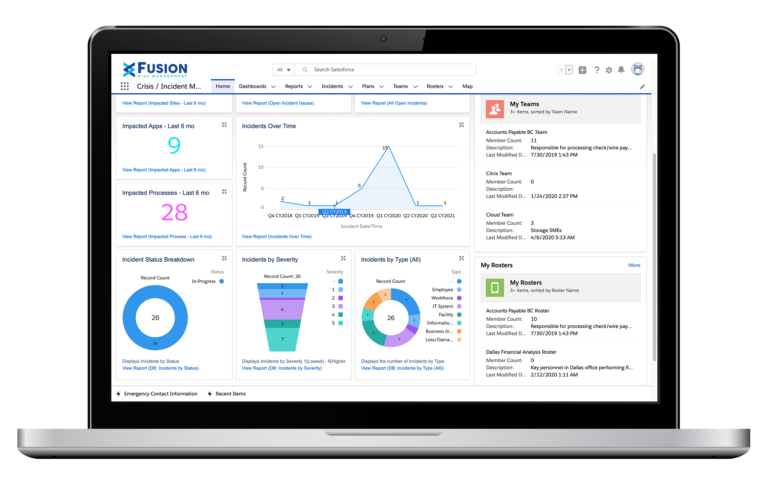The features of Risk Management Software may vary depending on the specific needs and goals of a business or organization. However, here are some key features that are typically considered essential in a comprehensive risk management software:
- Risk identification and assessment: The software should allow for identification of potential risks, assessment of their likelihood and impact, and prioritization based on risk severity.
- Risk monitoring and reporting: The software should provide real-time monitoring of risks, automated alerts and notifications, and customizable reporting to help users make informed decisions.
- Risk mitigation and control: The software should allow for the development of risk mitigation strategies, documentation of risk control measures, and management of risk responses.
- Compliance management: The software should provide compliance tracking and reporting, and facilitate adherence to relevant regulations, standards, and best practices.
- Collaboration and communication: The software should enable communication and collaboration among stakeholders, including the ability to assign tasks, track progress, and share information.
- Data security and privacy: The software should have strong security and privacy measures in place to protect sensitive data and comply with data protection regulations.
- Customization and flexibility: The software should be customizable and flexible to adapt to the unique needs of different organizations, industries, and risk management processes.
- Integration with other systems: The software should be able to integrate with other enterprise systems, such as project management or governance, risk, and compliance (GRC) software, to ensure consistency and efficiency in risk management processes.
Overall, the must-have features for a risk management software should provide a comprehensive and integrated approach to risk management, from risk identification to mitigation and control, while ensuring compliance, collaboration, and data security.


